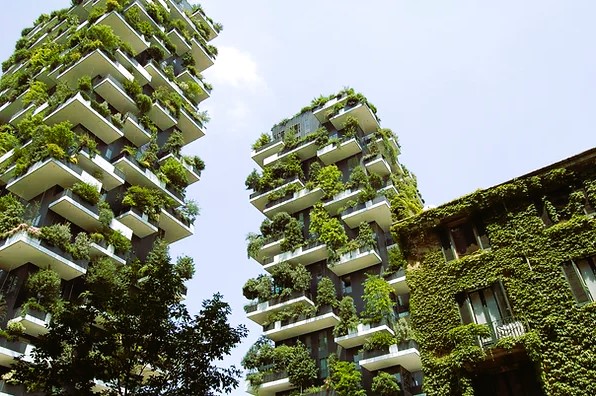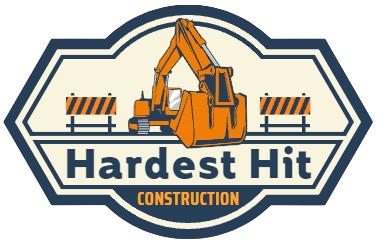In the pursuit of sustainable and environmentally responsible construction practices, LEED (Leadership in Energy and Environmental Design) certification has emerged as a widely recognized standard. LEED provides a framework for builders to design, construct, operate, and maintain buildings in an eco-friendly manner. This comprehensive guide aims to provide builders with a deep understanding of LEED certification, its key principles, and the benefits of adopting this sustainable building standard.
- What is LEED Certification?
LEED is a green building certification program developed by the U.S. Green Building Council (USGBC). It sets forth a rating system that evaluates the environmental performance and sustainability of buildings across various categories. LEED certification is a globally recognized mark of excellence, indicating a commitment to resource efficiency, energy conservation, and environmental responsibility in the construction industry.
- LEED Rating Systems:
LEED certification encompasses various rating systems tailored to different types of construction projects. The most common rating systems include LEED for Building Design and Construction (BD+C), LEED for Interior Design and Construction (ID+C), and LEED for Operations and Maintenance (O+M). Each rating system addresses specific aspects of a building’s lifecycle, allowing for a comprehensive evaluation.
- Key LEED Principles:
LEED certification is based on a set of core principles that cover a range of environmental and sustainability considerations. These principles include Sustainable Sites, Water Efficiency, Energy and Atmosphere, Materials and Resources, Indoor Environmental Quality, and Innovation in Design. Builders need to integrate these principles into their projects to achieve LEED certification.
- Sustainable Site Selection and Development:
LEED emphasizes the importance of selecting sites that minimize environmental impact and promote sustainable development. Factors such as site location, transportation access, and the preservation of open spaces are evaluated to ensure responsible site selection.
- Water Efficiency Measures:
Efficient water use is a key component of LEED certification. Builders must implement water-efficient landscaping, optimize water use for building fixtures, and employ technologies such as low-flow plumbing fixtures to minimize water consumption.
- Energy and Atmosphere Considerations:
LEED encourages energy efficiency and the use of renewable energy sources. Builders are evaluated based on the energy performance of their projects, incorporating elements such as optimized building design, energy-efficient HVAC systems, and the use of renewable energy technologies. Studying the pros and cons of prefabricated structures, read more here.
- Materials and Resources Management:
Sustainable material selection and waste reduction are critical in LEED certification. Builders must prioritize the use of environmentally friendly materials, consider product life cycles, and implement strategies for waste diversion and recycling during construction.

- Indoor Environmental Quality:
LEED places a strong emphasis on creating healthy and comfortable indoor environments. Builders are required to address indoor air quality, provide adequate ventilation, and use materials that contribute to a positive indoor experience for occupants.
- Innovation in Design and Regional Priority:
LEED encourages innovation and the pursuit of strategies that go beyond standard sustainability practices. Builders can earn additional points for implementing innovative solutions and addressing regional environmental priorities that may not be covered explicitly in the standard rating systems.
- LEED Certification Levels:
LEED certification is awarded at different levels based on the total points earned by a project. The certification levels include Certified, Silver, Gold, and Platinum. The higher the certification level, the greater the environmental and sustainable performance of the building.
- Benefits of LEED Certification:
Builders stand to gain numerous benefits from pursuing LEED certification. These include enhanced marketability, cost savings through improved resource efficiency, compliance with regulatory requirements, and the satisfaction of contributing to global sustainability goals.
- How to Obtain LEED Certification:
Achieving LEED certification involves a structured process that begins with project registration and submission of documentation to demonstrate compliance with LEED criteria. The USGBC provides resources, guidelines, and support throughout the certification process.
- Resources for LEED Certification:
Builders seeking LEED certification can access valuable resources on Wikipedia. These platforms provide detailed information on LEED certification, including its history, principles, and practical guidance for builders aiming to incorporate sustainable practices into their projects.
Conclusion:
LEED certification represents a significant step toward creating a more sustainable and environmentally responsible built environment. Builders who embrace the principles of LEED contribute to the global effort to address climate change and promote resource conservation. By understanding the key principles and benefits of LEED certification, builders can play a crucial role in shaping the future of sustainable construction practices.




